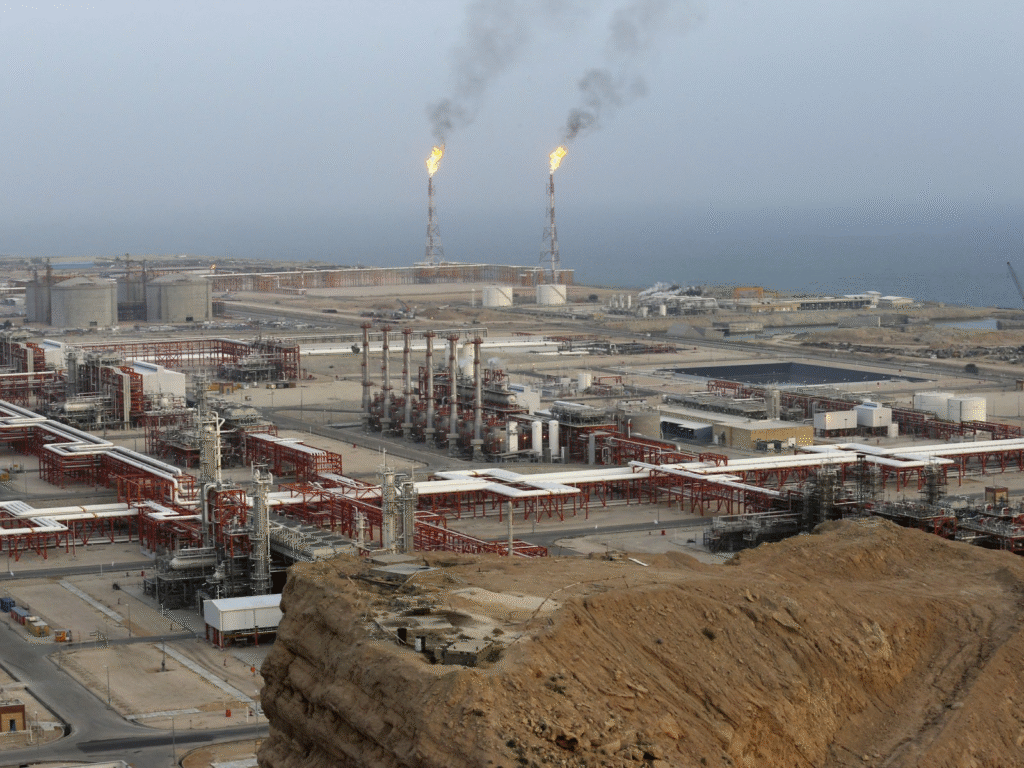On June 14, Israel conducted what is believed to be its first targeted strikes on Iranian energy infrastructure, significantly affecting critical oil and gas facilities.
Key Incidents
- A section of the South Pars gas field—responsible for nearly 20% of global gas reserves—was struck. The attack caused an explosion and halted approximately 12 million cubic meters of daily production. Satellite images also show damage to oil depots in Tehran, including Shahran and Shahr Rey.
Immediate Global Impacts
- Brent crude prices surged by 7–13%, reaching their highest level since January, as markets reacted to fears of supply disruptions and potential closure of the Strait of Hormuz.
- Investors shifted toward safe havens such as gold, US Treasuries, and other reserve assets, while equities and energy stocks saw significant fluctuations.
Opec+ Concerns
- Saudi Arabia and the UAE remain the only nations with spare capacity capable of partially offsetting the Iranian production losses (estimated at 3.3 million barrels per day), but this buffer may be inadequate for an extended disruption.
Strategic and Geopolitical Consequences
- Analysts suggest oil prices could briefly spike to $100–120 per barrel if the disruption prolongs; strategic oil reserves may be released to mitigate the shortage.
- The strikes represent a strategic milestone, marking Israel’s first action against Iran’s oil and gas infrastructure—an approach aimed at limiting Iran’s economic and nuclear capabilities.
- Iran has responded by threatening retaliation, including the potential targeting of energy facilities or maritime routes, especially the Strait of Hormuz—through which nearly one-third of global seaborne oil flows.

#OilMarket #EnergySecurity #IsraelIranConflict #SouthPars #StraitOfHormuz
















